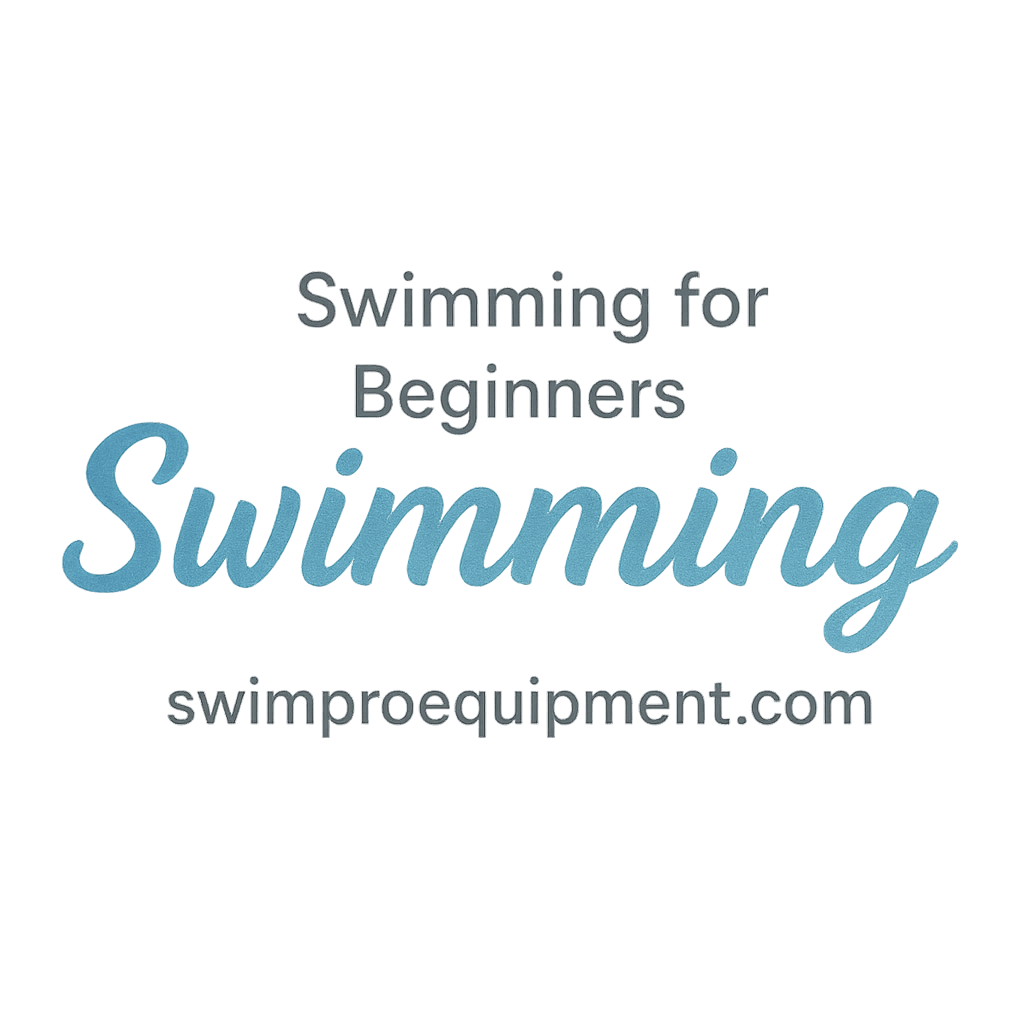Swimming fins aren’t just flashy accessories — they’re game changers. Whether you’re just dipping your toes into the swimming world or chasing that perfect streamline, fin drills are an awesome way to boost your technique, speed, and overall water confidence.
In this guide, you’ll learn 10 powerful swimming fin drills designed to sharpen your form and accelerate your progress. We’ll also explore safety tips, how to choose the right fins, and link you to key training resources for beginners.
Let’s dive in!
Introduction to Fin Drills
Swimming fins add resistance and speed — two crucial ingredients to enhancing your swimming mechanics. Whether you’re practicing kicks, alignment, or body position, fin drills offer the perfect environment for technical growth.
Need to brush up on the swimming basics and techniques? That’s a great place to start before adding fins into the mix.
Why Use Swimming Fins in Training?
Here’s the deal: fins help you swim faster with less effort, but they also build ankle flexibility, leg strength, and propulsion mechanics. Plus, they’re fantastic for isolating your kicks during technique drills.
Fins are an essential part of your swimming gear and equipment, especially if your focus is body position, technique, or speed.
Benefits of Incorporating Fin Drills
- Strengthens your lower body
- Enhances ankle flexibility
- Helps with stroke timing
- Boosts swimming endurance
- Builds confidence in the water
Want more insight into the benefits of training? Check out our posts tagged with improvement and training.
Choosing the Right Swimming Fins
Not all fins are created equal. Here’s what to look for:
- Short fins: Better for technique and kick tempo
- Long fins: Great for building leg strength
- Soft rubber: More comfortable for extended use
Read our full guide on essential swimming equipment for beginners.
Safety Tips When Training With Fins
Using fins improperly can lead to injuries. Keep these safety pointers in mind:
- Warm-up thoroughly (warm-up drills)
- Avoid overusing them to prevent ankle strain
- Focus on correct form, not just speed
- Train on soft surfaces outside the pool for flexibility
Also, don’t skip our detailed guide on swimming safety and health.
Drill 1: Flutter Kick Drill
Execution Tips
- Use short fins
- Hold a kickboard or streamline your arms
- Keep your legs straight and generate kicks from the hips
Focus Area
- Improves freestyle and backstroke kicking
- Develops tempo and body balance
Drill 2: Vertical Kick Drill
Execution Tips
- Float vertically in deep water
- Use powerful kicks to stay afloat
- Keep hands crossed or above your head
Focus Area
- Builds explosive kick power
- Sharpens core stability
Drill 3: Streamline Dolphin Kick
Execution Tips
- Push off the wall in a tight streamline
- Engage core and hips, not knees
- Use short bursts, then breathe
Focus Area
- Improves underwater phase
- Develops rhythm and control
Learn more about body position techniques to perfect this.

Drill 4: Side Kick Drill
Execution Tips
- Lay on one side, lower arm outstretched
- Use slow, controlled kicks
- Alternate sides every 25 meters
Focus Area
- Enhances lateral balance
- Focuses on kick efficiency
Drill 5: Backstroke Kick With Fins
Execution Tips
- Float on your back in streamline
- Kick using hips, not knees
- Keep face relaxed and eyes upward
Focus Area
- Improves backstroke technique
- Develops tempo and ankle strength
Drill 6: Underwater Dolphin Kick
Execution Tips
- Stay 3–5 feet below surface
- Focus on tight, fast kicks
- Push with the core
Focus Area
- Builds endurance
- Boosts streamline speed
Don’t forget — safety matters. Check out our tips on injury prevention.
Drill 7: Sculling With Fins
Execution Tips
- Float with fins and scull with hands
- Maintain head and chest above water
- Adjust angle for difficulty
Focus Area
- Refines hand position
- Boosts water feel and control
Drill 8: Butterfly Kick on Back
Execution Tips
- Lay flat on your back
- Keep chin slightly tucked
- Drive the kick from your chest and hips
Focus Area
- Enhances dolphin kick motion
- Strengthens core and hip drive
Drill 9: Single Leg Kick Drill
Execution Tips
- Hold one leg straight, kick with the other
- Alternate every 25m
- Use short fins and kickboard
Focus Area
- Corrects imbalances
- Increases individual leg strength
Drill 10: Kickboard Fin Drill
Execution Tips
- Use a standard kickboard
- Keep head in line with spine
- Focus on consistent, rhythmic kicks
Focus Area
- Improves aerobic capacity
- Builds consistent kicking tempo
How to Track Progress with Fin Drills
Tracking your results helps you stay motivated. Use:
- Training journals
- Stopwatch sets
- Progress videos
- Apps and wearables
Also, check our article on tracking motivation and swim progress — it’s packed with insights for beginners!
Common Mistakes to Avoid
- Using fins too often
- Overkicking from the knees
- Sacrificing form for speed
- Ignoring recovery time
Learn from the pros, and make safety and form your top priorities. You’ll find more helpful content under our safety gear tag.
Additional Training Resources
Looking for more guidance?
You’ll also love our curated gear and advice at SwimPro Equipment.
Conclusion
Swimming fin drills can truly elevate your swim game — whether you’re working on form, speed, or endurance. They help build technique while giving your legs the power boost they need. Start with just a couple of drills and gradually incorporate more as you progress.
And remember, consistency, not perfection, is what will get you to the next level.
FAQs
1. How often should I use fins in swim training?
2–3 times per week is ideal to avoid overuse injuries while reaping benefits.
2. Can beginners use swimming fins?
Absolutely! Just make sure to start slow and follow proper form.
3. What type of fins are best for speed drills?
Short, stiff fins are excellent for tempo and sprint work.
4. Do fins help with ankle flexibility?
Yes! They’re one of the best tools for stretching and strengthening ankles.
5. Should I wear fins for warm-ups or cool-downs?
They can be used for both, especially for gentle warm-up kicks.
6. Are fin drills helpful for butterfly stroke?
Definitely — especially dolphin kick-based drills like underwater kicks.
7. Can I do these drills outside the pool?
You can train your kick mechanics and core strength on dry land, but drills are most effective in the water.


